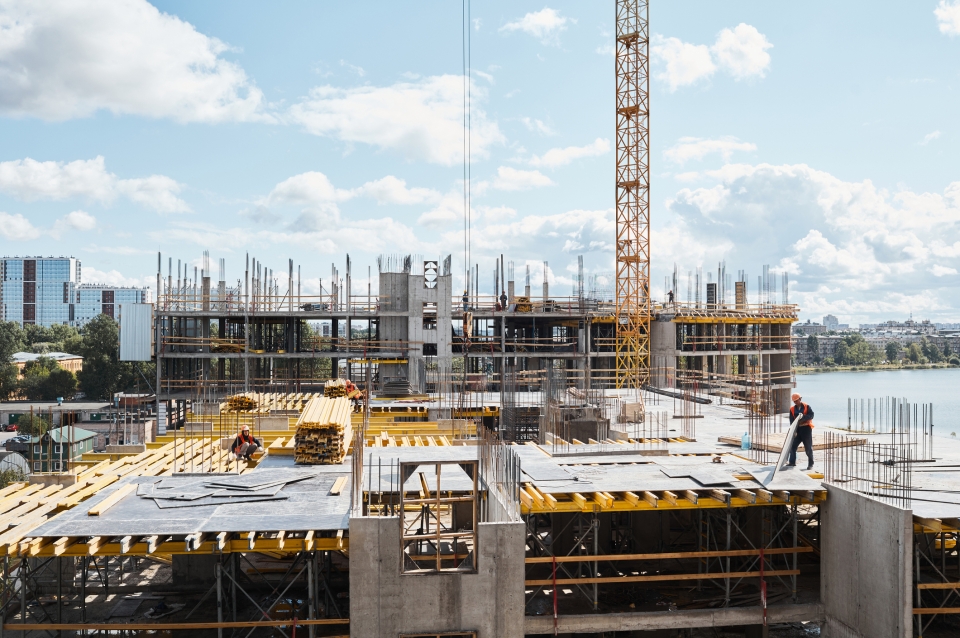
Concrete is the second most-used material in the world; it’s estimated that 8% of global carbon emissions comes from the manufacturing of cement, a key ingredient of concrete, alone. This outsized impact also presents an outsized opportunity.
A multidisciplinary team of researchers from the Stuart Weitzman School of Design and the School of Engineering and Applied Science are working to develop “3D-printed carbon-absorbing and storage concrete structures,” a new building system that would reduce carbon in all aspects of concrete construction. It would reduce both embodied carbon (the energy used to produce the materials, transport them, and construct the building) and operational carbon (the energy it takes to heat and cool the building). Their plan is to make it easily available to builders around the globe.
“To achieve carbon-negative architecture, we have to look at multiple aspects of how the building functions,” says Masoud Akbarzadeh, assistant professor of architecture and and director of the Polyhedral Structures Laboratory (PSL). “We have to look at the amount of material to reduce embodied carbon, the concrete mix for carbon capture, and the operational performance to reduce energy usage.”
Their goal is to find the most efficient geometries that will minimize the amount of needed material—reducing embodied carbon and construction waste. In addition, the team is exploring the ideal shapes for the columns, beams, and slabs that can create a thermal mass to passively heat and cool the interiors. In the process, they are creating geometries with very great surface areas that can help absorb more carbon from the air while creating more temperature regulation and eliminating the need for constant energy use to condition the building.
Shu Yang, the Chair of Materials Science and Engineering Department at Penn Engineering, is developing a carbon-absorbing and storage concrete. Yang’s new recipe will scrub carbon from the air as well as capture it in the manufacturing process. The team is looking to develop a new mix that partially replaces cement for optimal carbon reduction benefits as well as thermal properties. The project is an extension of Yang’s work in biophilic design and engineering, looking to nature for solutions that are more effective and less energy intensive, including a material that can pull water from the air.
This story was written by Matt Shaw. To read the full article, please visit Weitzman News.
